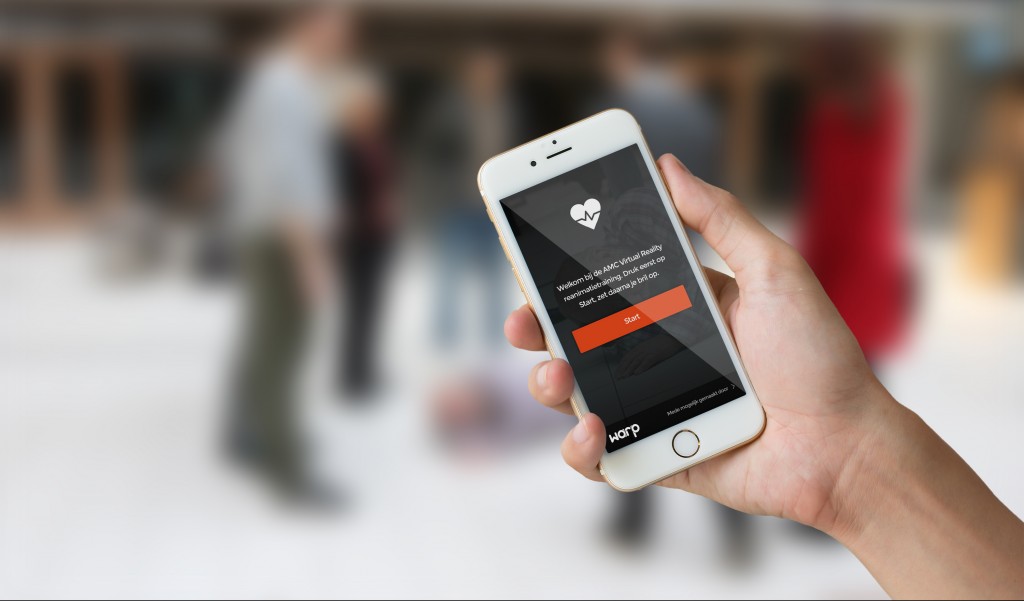For Philips having happy customers is crucial. Happy customers will buy the accessories which come with products, but will also buy products from other categories. In order to know if your customers are happy, you need to build long-term relationships.
Building these relationships can very well be done by creating services around your products. Let customers register for your service and keep them updated and involved in your innovation process. Use gamification to keep customers engaged.

For Philips I helped creating a high-level gamification strategy which could be adapted by many of the products in the customer lifestyle group. The strategy resulted in a process for creating services for old or new Philips products. This process is similar to the experience process used to design gamification solutions.
Level 1: Define goals
Think about your consumers. Who are they? What do they want? What do they miss? But also think about your company. What does your company want? How can your company help these consumers?
Really think from the user’s perspective. Think about their intrinsic motivation. If you design products or services that really help them, it is far more likely they end up being happy customers.
Level 2: Specify behaviours
Think about all the actions consumers can do with your product or service. List all these actions and prioritize according your company’s goals. Actions always start with a verb. Different consumers ask for different actions. Therefore develop the actions conform the 4C-model. Think of actions in the four categories: compete, collect, create and collaborate.
Level 3: Map engagement
Create engagement loops and let consumers stay in this loop for as long as possible. Create triggers for consumers to get into the loop. One or more actions can lead up to an engagement loops. But your product or service needs many. Always design with feedback in mind.
Level 4: Plan progression
Stack engagement loops in order of difficulty. Set out a progress path for your consumers. If they did this, what should they be doing next. Divide all the loops in three categories: onboarding, habit-building and mastery. Welcome the consumer in onboarding and explain simple actions. Get the consumer used to your product during habit-building. Keep on giving the consumer new and interesting things to do. And eventually let the consumer reach exclusivity and receive recognition from fellow consumers.
After these levels the solution needs to be designed, tested and developed. Take a look at the full experience process here.



